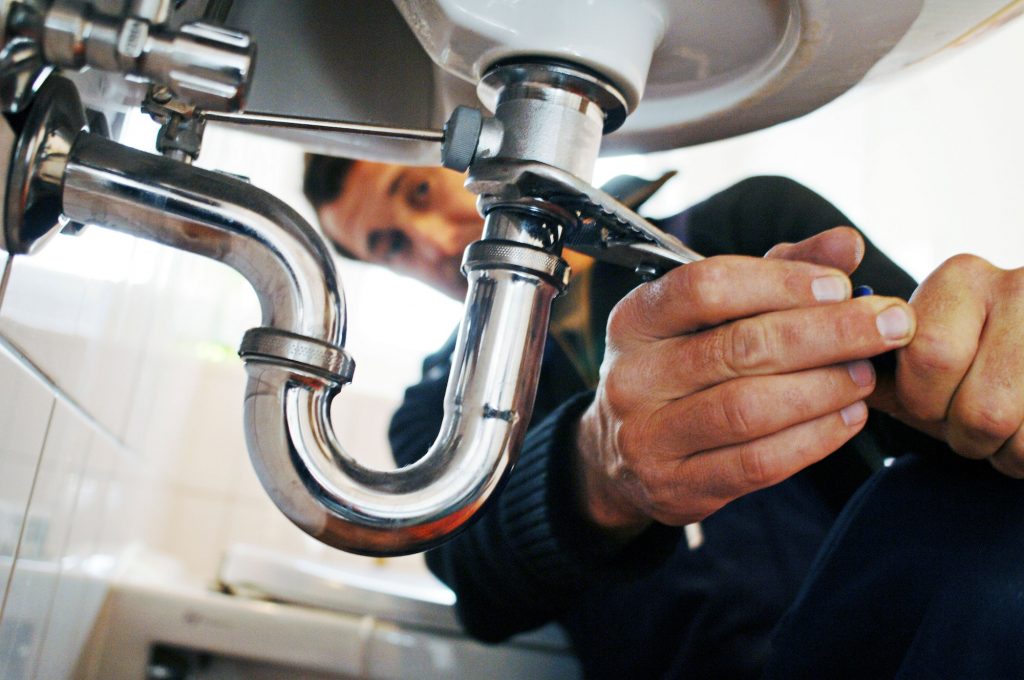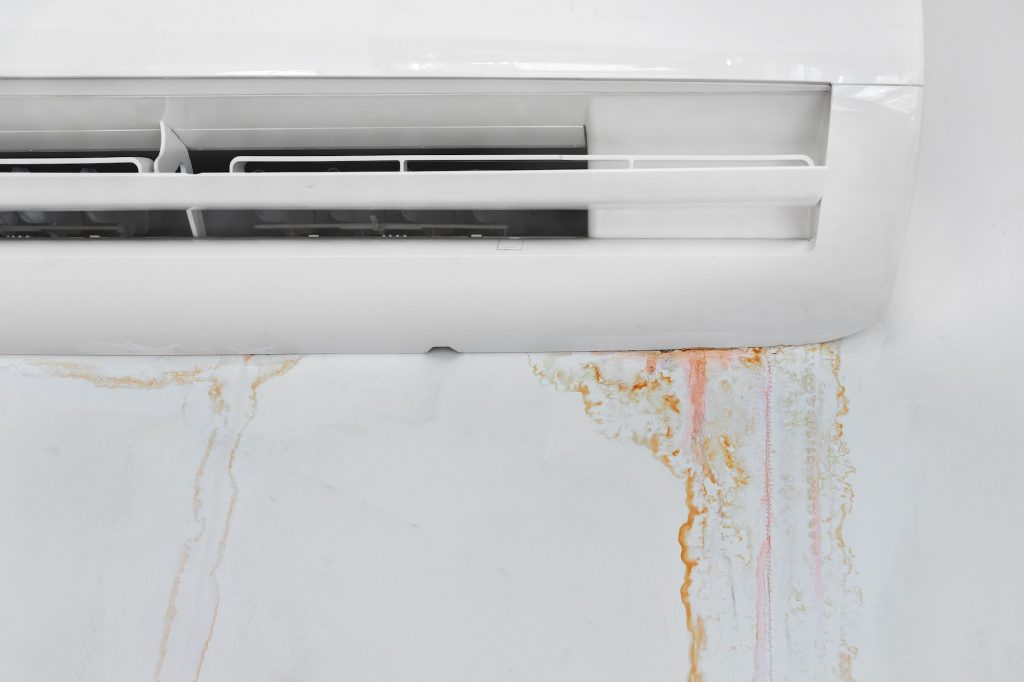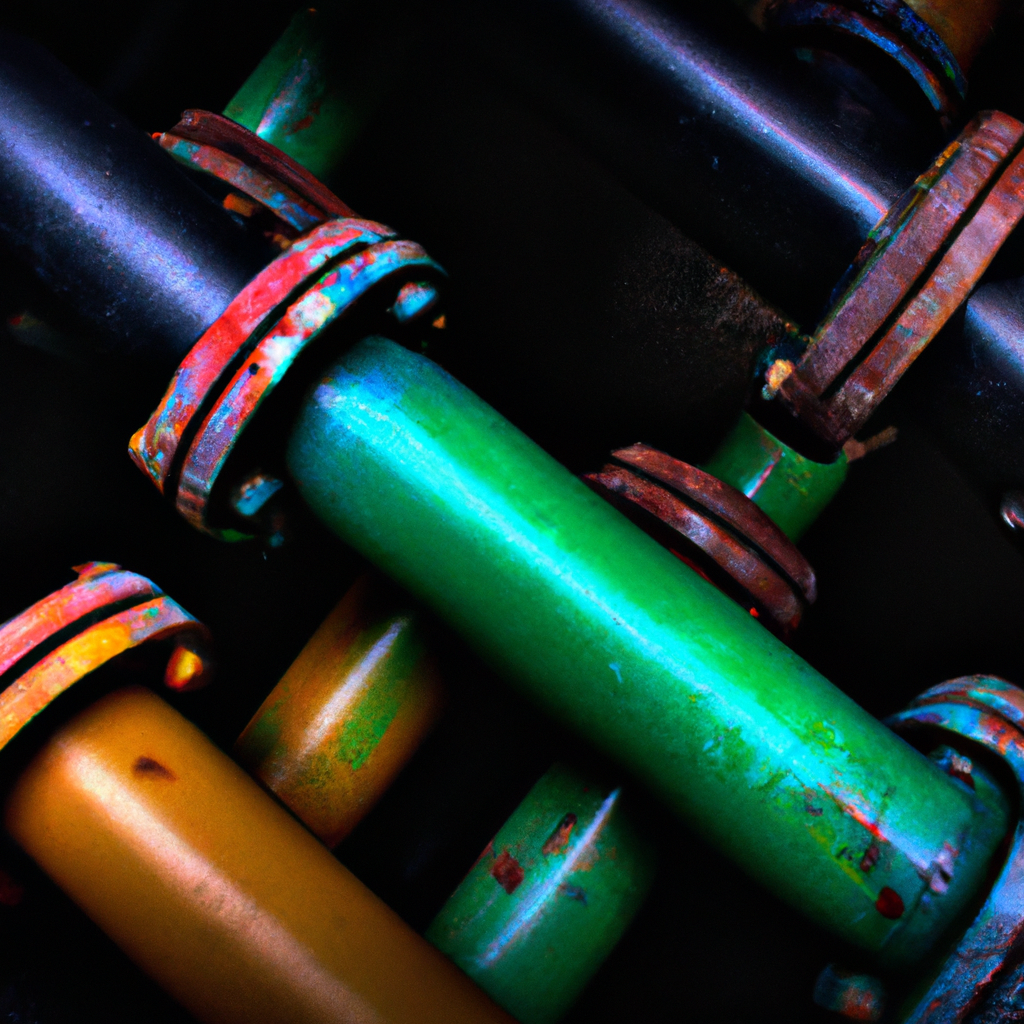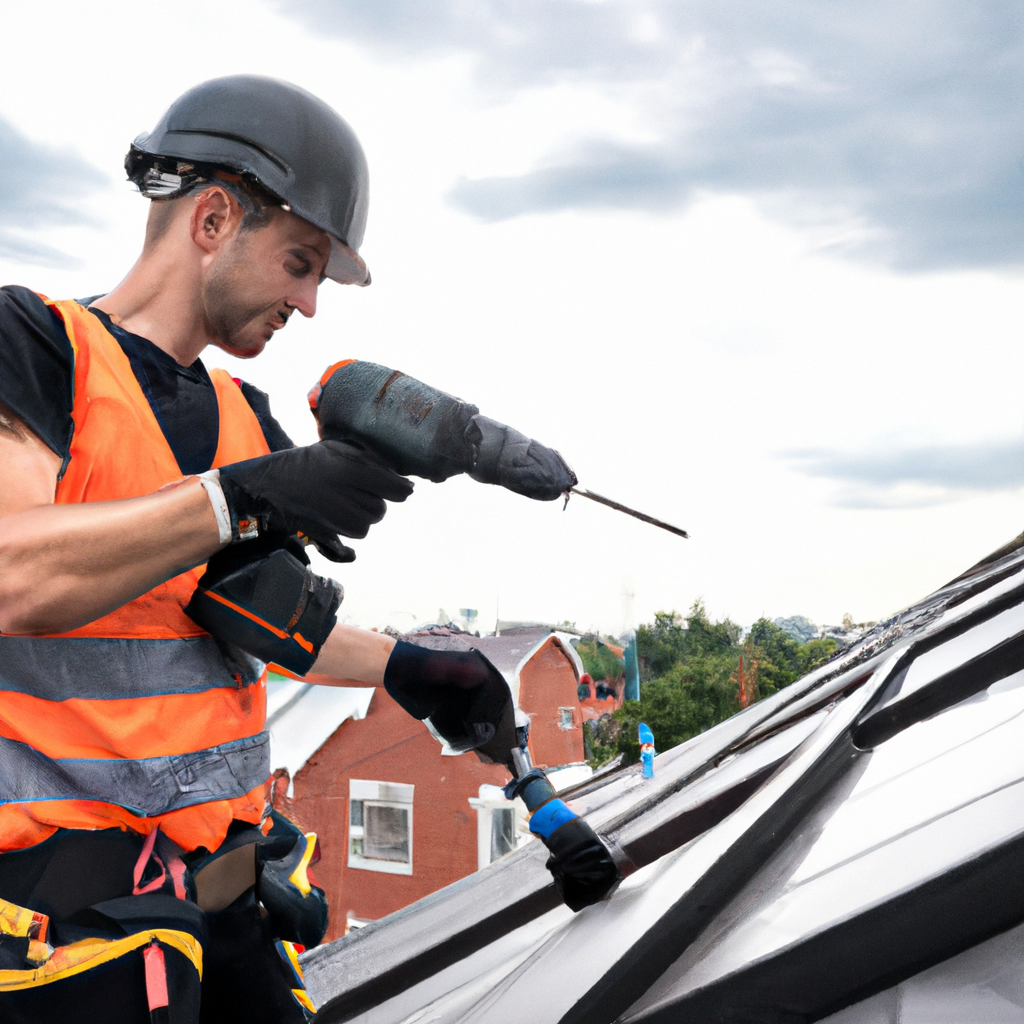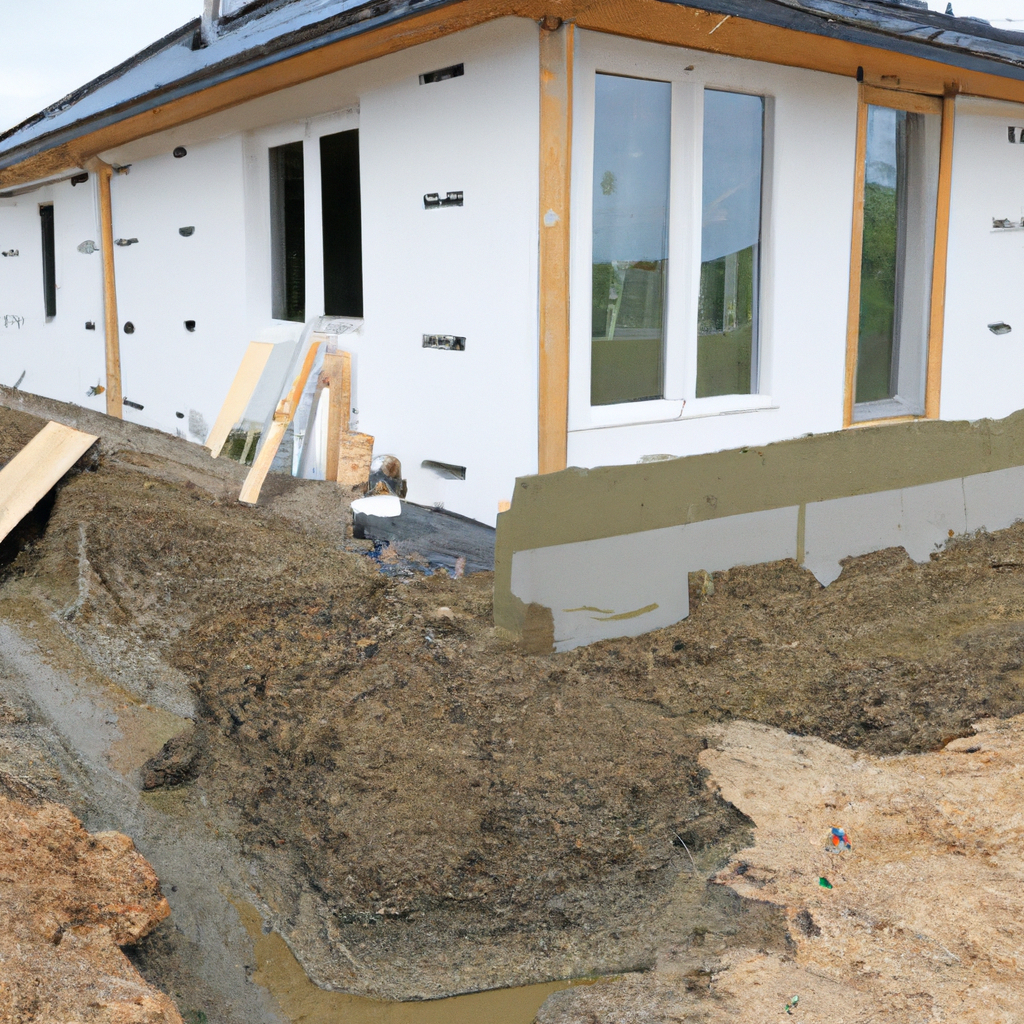Are you tired of dealing with constantly running toilets? The annoyance of a toilet that won’t stop running can be frustrating and wasteful. But fear not, because we have the ultimate solution for you. In this comprehensive guide, we will explore the various causes of a running toilet and provide you with step-by-step instructions on how to fix it. Say goodbye to wasted water and hello to a fully functioning toilet!
Understanding the Problem
Before we delve into the solution, it’s important to understand the root causes of a constantly running toilet. There are several potential culprits, including a faulty flapper, a stuck float, a malfunctioning fill valve, or even a high water level. By identifying the cause, you can effectively address the issue and put an end to the running toilet dilemma.
Faulty Flapper
One common reason for a running toilet is a faulty flapper. The flapper is a rubber valve that controls the flow of water from the tank to the bowl. Over time, the flapper can deteriorate or become misaligned, resulting in a continuous flow of water. Inspect the flapper for any signs of damage or misalignment. If necessary, replace the flapper with a new one to restore proper functionality.
Stuck Float
Another possible culprit is a stuck float. The float is a buoyant device that regulates the water level in the tank. If the float gets stuck in the “up” position, it can prevent the fill valve from shutting off, causing the toilet to continuously run. Check the float for any obstructions or debris that may be preventing it from moving freely. Clear any blockages and ensure that the float moves smoothly.
Malfunctioning Fill Valve
A malfunctioning fill valve can also lead to a running toilet. The fill valve is responsible for refilling the tank after each flush. If the fill valve fails to shut off properly, water will continue to flow into the tank, resulting in a constantly running toilet. Inspect the fill valve for any signs of wear or damage. If necessary, replace the fill valve to restore proper operation.
High Water Level
In some cases, a high water level can cause a toilet to run continuously. The water level in the tank should be set at an appropriate height to ensure proper flushing. If the water level is too high, it can overflow into the overflow tube and trigger the fill valve to continuously refill the tank. Adjust the water level by adjusting the float or the fill valve to prevent further issues.
Fixing the Problem
Now that we have identified the potential causes, let’s dive into the step-by-step process of fixing a running toilet. Remember to turn off the water supply to the toilet before proceeding with any repairs to avoid any potential flooding or water damage.
Step 1: Inspect the Flapper
Start by inspecting the flapper for any signs of damage or misalignment. If the flapper is worn out or not seated properly, it may need to be replaced. Turn off the water supply and flush the toilet to drain the tank. Remove the old flapper and install a new one according to the manufacturer’s instructions. Ensure that the flapper is properly aligned and forms a tight seal when closed.
Step 2: Check the Float
Next, check the float for any obstructions or debris that may be causing it to stick. Clean the float and the surrounding area to ensure smooth movement. If the float is damaged or ineffective, consider replacing it with a new one. Adjust the float to the appropriate level to prevent the toilet from running continuously.
Step 3: Inspect the Fill Valve
Inspect the fill valve for any signs of wear or damage. If the fill valve is faulty, it may need to be replaced. Turn off the water supply and drain the tank. Remove the old fill valve and install a new one according to the manufacturer’s instructions. Ensure that the fill valve shuts off properly to prevent water from continuously flowing into the tank.
Step 4: Adjust the Water Level
Lastly, adjust the water level in the tank to prevent overflow and continuous refilling. This can be done by adjusting the float or the fill valve, depending on the type of toilet mechanism you have. Follow the manufacturer’s instructions to set the water level at the appropriate height. Test the toilet by flushing it to ensure that the issue has been resolved.
Conclusion
Dealing with a constantly running toilet can be a frustrating experience. However, armed with the knowledge and step-by-step instructions provided in this guide, you now have the ultimate solution to fix the problem. Whether it’s a faulty flapper, a stuck float, a malfunctioning fill valve, or a high water level, you can confidently tackle the issue and restore your toilet to its proper working condition. Say goodbye to wasted water and hello to a well-functioning toilet!

